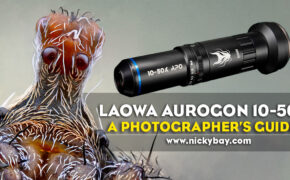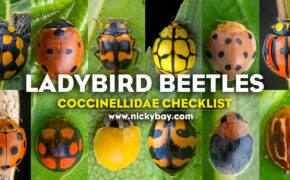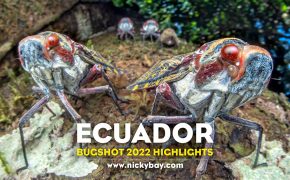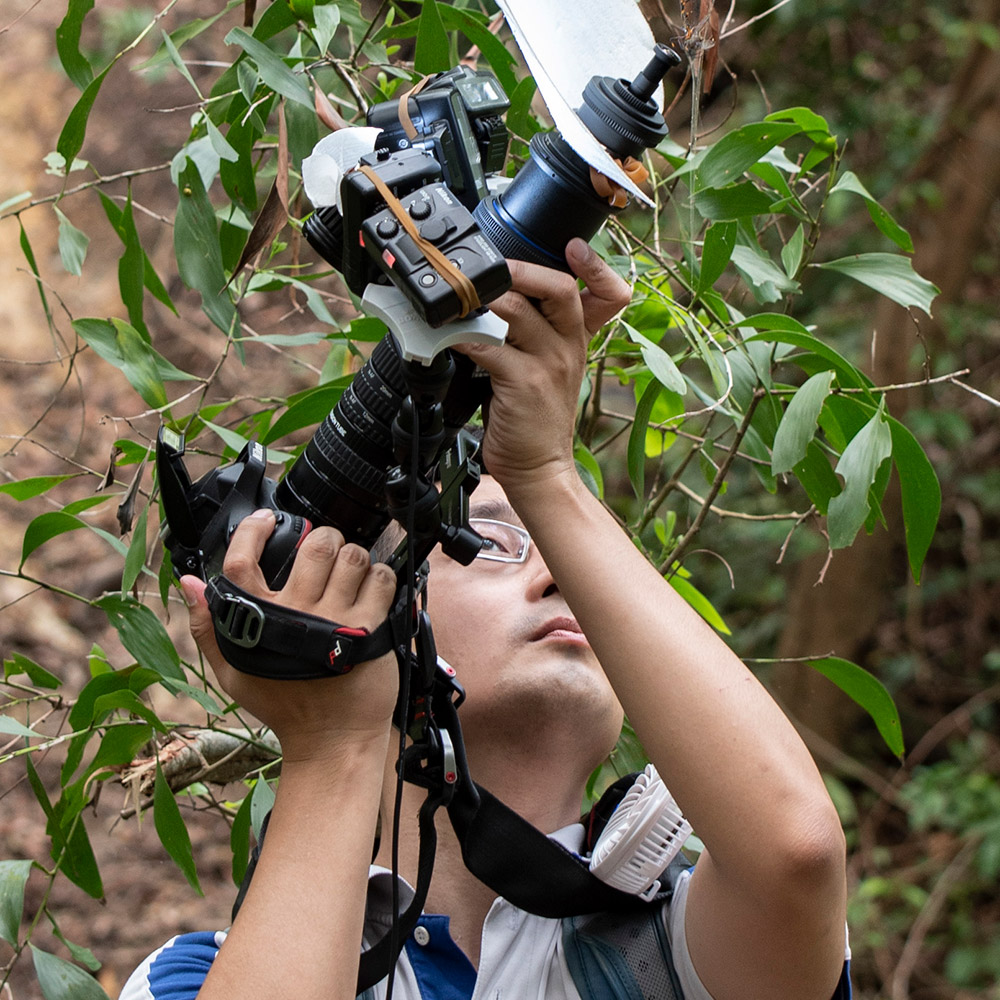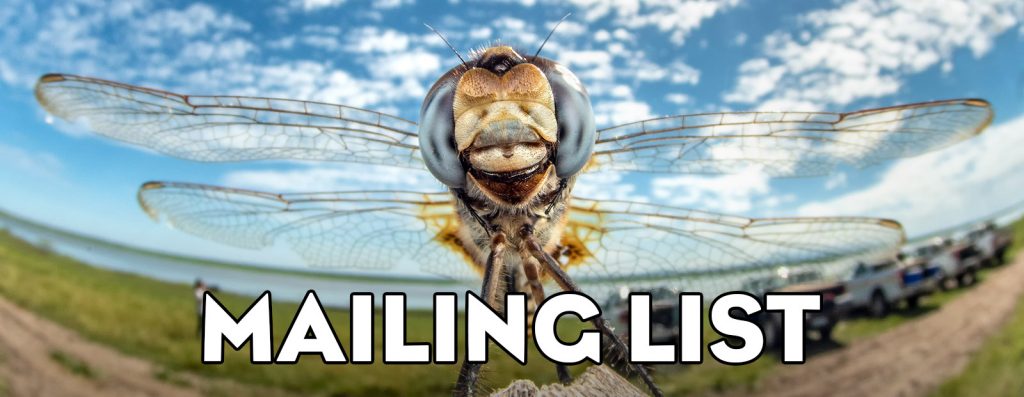My personal style of macro photography is closer to that of nature documentation than that of art. To me, it is more important to get a record shot (i.e. less than ideal quality but still… I got a shot!) than to get a perfect shot. Over the years, to keep the passion in our hobby alive, we came up with various unique ways to document what we see. Some were inspired by others, while some were simply thought up in the field. Sometimes it goes beyond traditional photography, but it is all in the name of fun while documenting our findings at the same time!
Huntsman Spider (Heteropoda boiei)
A relatively large huntsman spider (Heteropoda boiei) running about on a tree trunk.
Tarantula (Theraphosidae)
It can sometimes be interesting to include humans in the picture. This was not intended however, while my friend accidentally entered the frame while walking past.
Lunula Huntsman Spider (Heteropoda lunula)
Including humans in the photo highlights the size of the subject, or rather, exaggerates it.
Longhorn Beetle (Cerambycidae)
We found that many beetles had eyes that fluoresce brightly under ultraviolet. The longhorn beetle (Cerambycidae) was a perfect example with one of the largest compound eyes!
Ogre-Face Spider (Deinopis sp.)
Similarly for spiders, many had eyes brightening up under the black light. The ogre-faced spider (Deinopis sp.) is again a great example to show this eerie phenomenon.
Katydid (Tettigoniidae)
Several orthopterans were also found to be fluorescing! Unfortunately it doesn’t occur in every one we saw, and different specimens had different levels of fluorescence. I am suspecting that it might be brighter after a recent moult.
Caterpillar
Don’t forget the caterpillars, especially the bright green ones! The result under ultraviolet can sometimes be very surprising!
Bird Dung Spider (Pasilobus sp.)
I had already posted this last year, but it is a classic example of a completely different look on a spider under ultraviolet. The bird dung transforms into a blue jewel!
Crab Spider (Camaricus maugei)
This animation of a crab spider was achieved using Zerene Stacker. I tried it for a short while, but gave up on stacking eventually but this is an interesting simulated 3D result!
Wrap-Around Spider (Talthybia sp.)
An all-round view of a wrap-around spider (Talthybia sp.) to show how it really wraps around the branch. Entire sequence was shot hand-held.
Black and Golden Cicada (Huechys fusca)
This sequence shows a cicada emerging from its shell. Could rewatch this over and over again!
Bioluminescent Fungi (Filoboletus manipularis)
Again, showing the difference between a typical scene vs one with the lights switched off. The wonders of nature!
Wolf Spider (Lycosidae)
Lovely scene of a wolf spider (Lycosidae) weaving her egg sac, like flipping a roti prata.
Pill Millipede (Sphaerotheriida)
How a pill millipede recovers from its “pill state”.
Two-Tailed Spider (Hersilia sp.)
Sometimes I get lazy to animate them, and display the entire sequence in a single picture instead, like this two-tailed spider (Hersiliidae).
Owlfly larva (Ascalaphidae)
The owlfly larva is usually camouflaged. Putting a light behind displays the outline in its full splendour.
Katydid (Tettigoniidae)
Subjects with thin body parts typically allow more light to pass through. Shooting a flash through this katydid highlighted the body like an X-ray.
Caterpillars
Hairy subjects are great for back-lighting and can make the shot look unique.
#1 Wide Angle Macro Photography
Traditional macro photography was about having clean backgrounds to allow the subject to “pop out”. Wide angle macro photography however, allows us to document the habitat of the subject as well. For these photos, I used the Sigma 15mm f/2.8 EX DG Diagonal Fisheye lens.
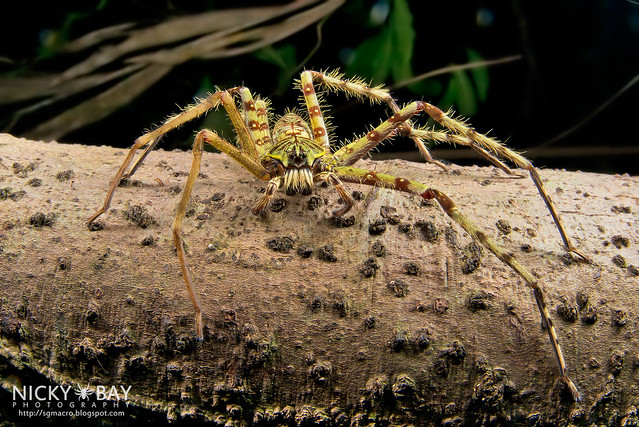
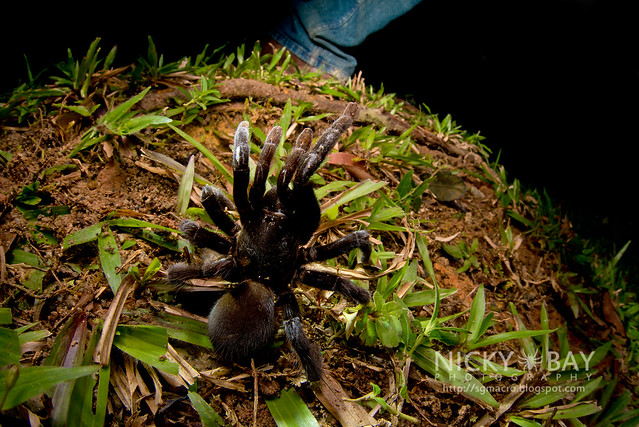
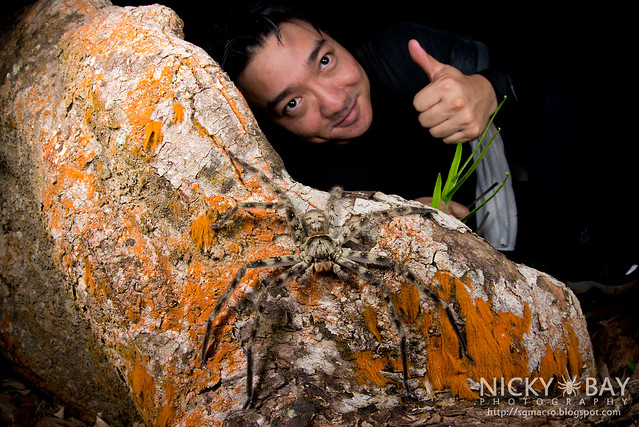
#2 Ultraviolet Macro Photography
Photographing scorpions under ultraviolet is pretty common. However, few have ventured into shooting other arthropods which appear to share similar fluorescence, albeit fainter. To make things more interesting and illustrative for the viewer, I’ve often added animations to show the difference between normal light and UV light. The only other person we know who shoots good UV photos regularly is Paul Bertner. If you know of others into this kind of photography, please leave a note below! 🙂
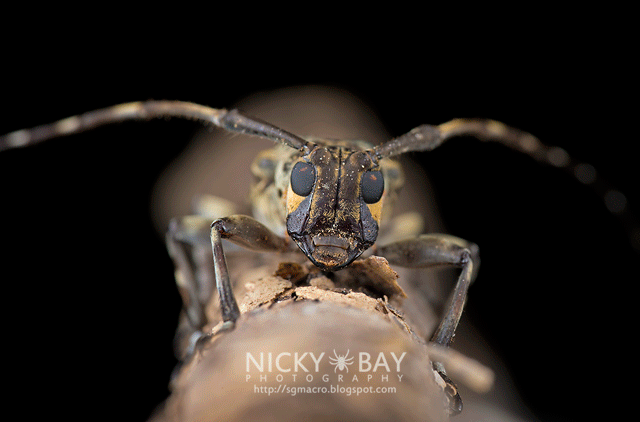
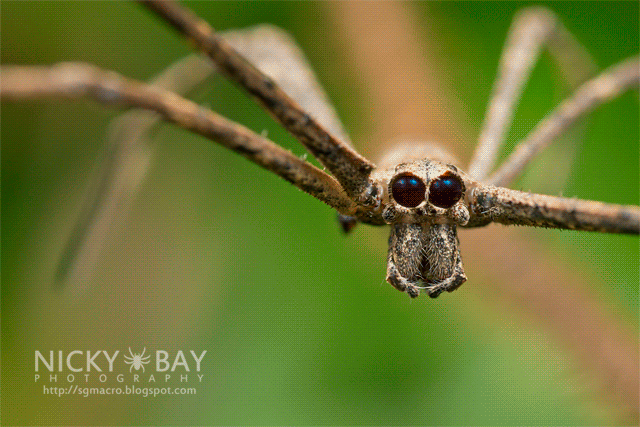
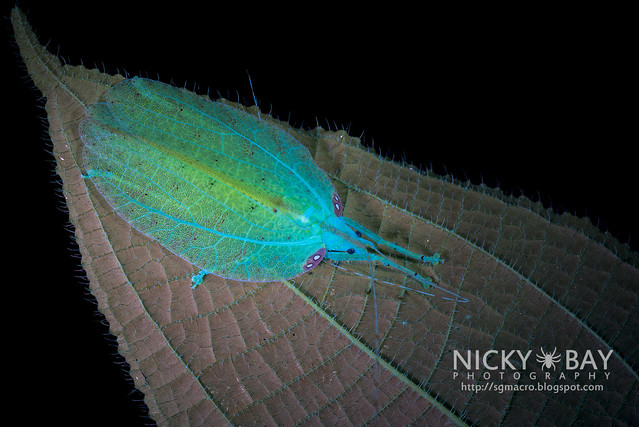
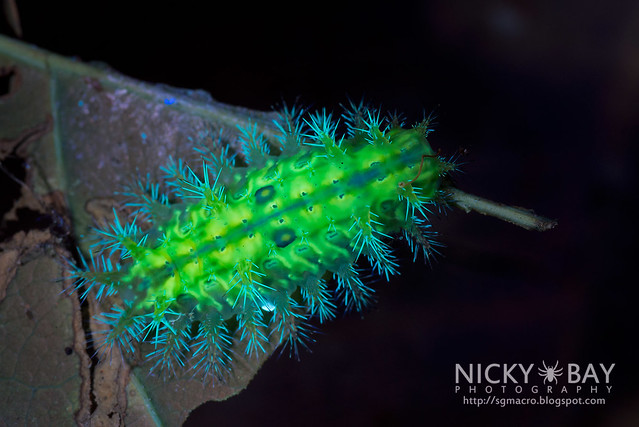
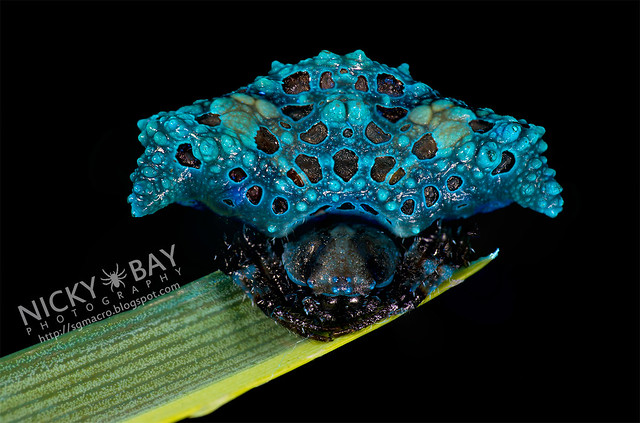
#3 3D Macro Photography
3D might be a misnomer, but basically this means allowing the viewer to see the subject with greater perception of depth. Ok that didn’t seem to help… we’ll just go to the photos instead. 🙂
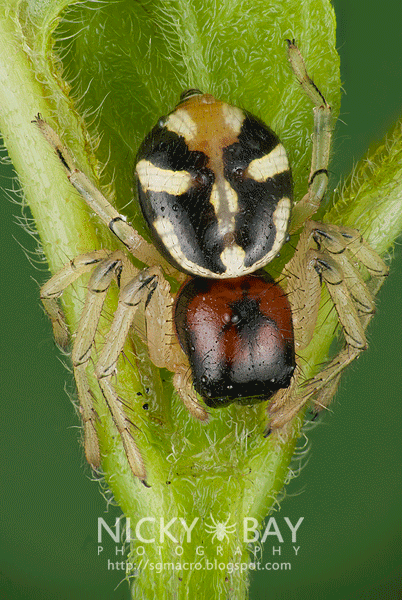
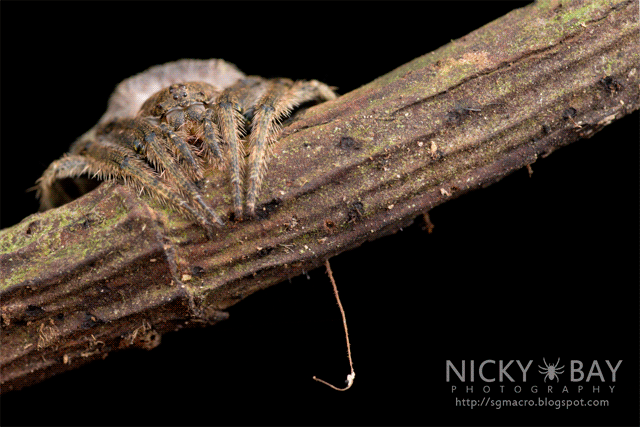
#4 Behavioral Sequences
It can be difficult to document interesting behaviors at times, so showing an entire sequence helps a lot!
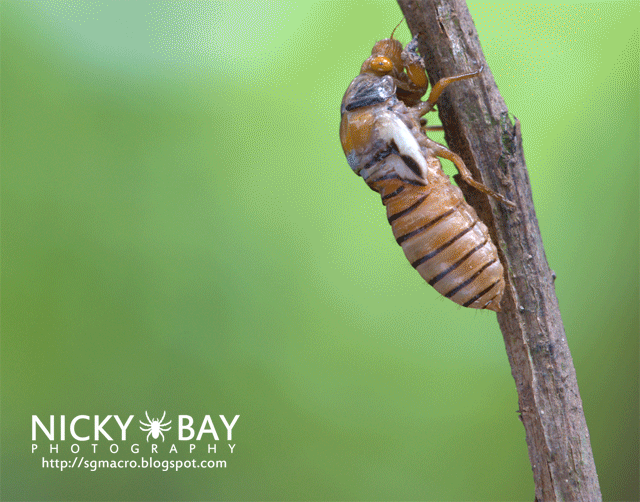

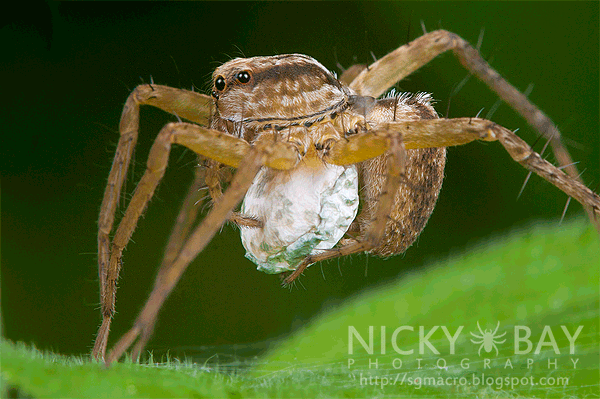
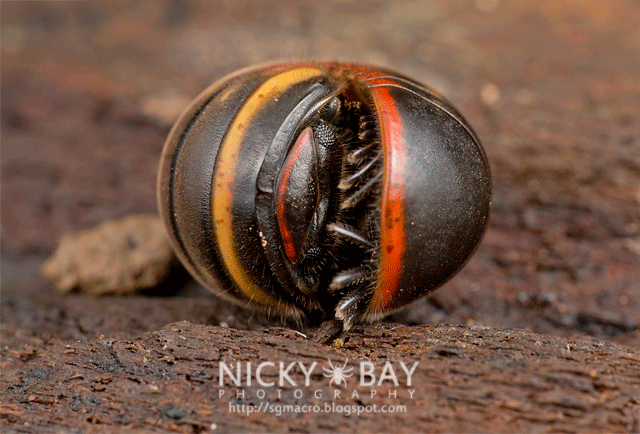

#5 Back-lighting to highlight special features
Some subjects may look dull until certain parts of their anatomy is highlighted.
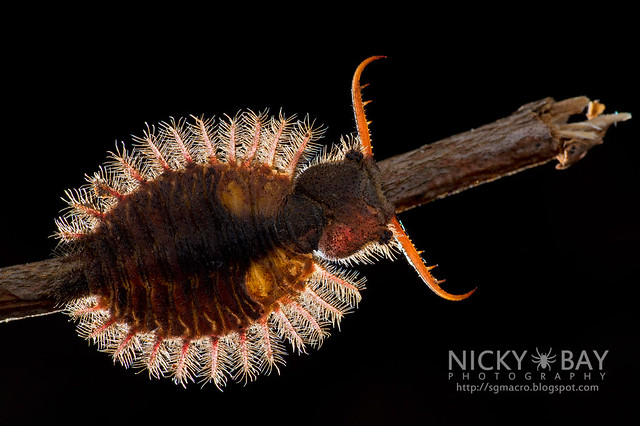
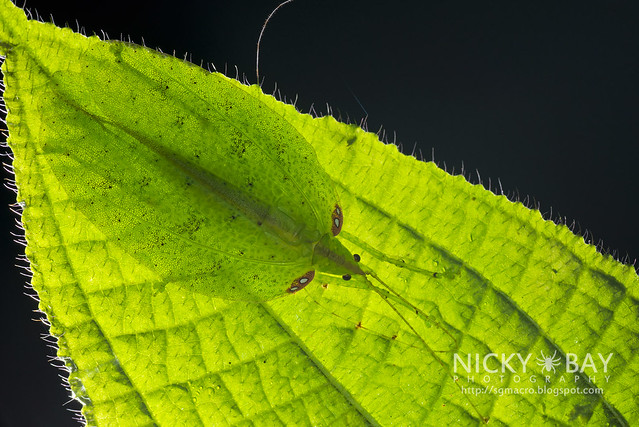
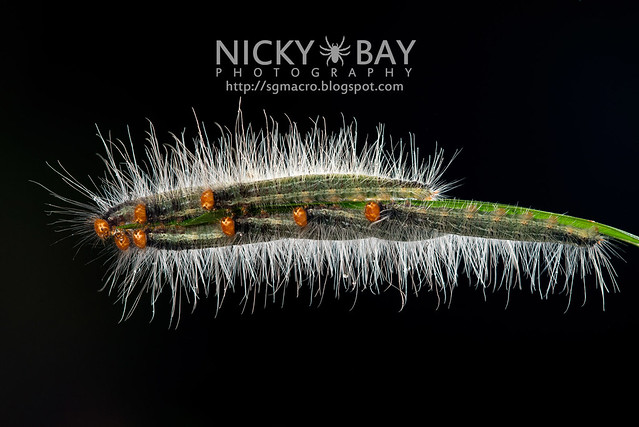
Conclusion
My friends and I have been discovering and trying new ways to document our findings together. It is definitely not done alone, and some were inspired by the work of others. Such innovations help to keep the passion alive, and diversifies this genre of photography.
Do leave a comment if you find these ideas useful or have more ideas to share. 🙂 I also welcome everyone to share your work in the comments below if you have attempted or improvised on any of the ideas I’ve presented above.
